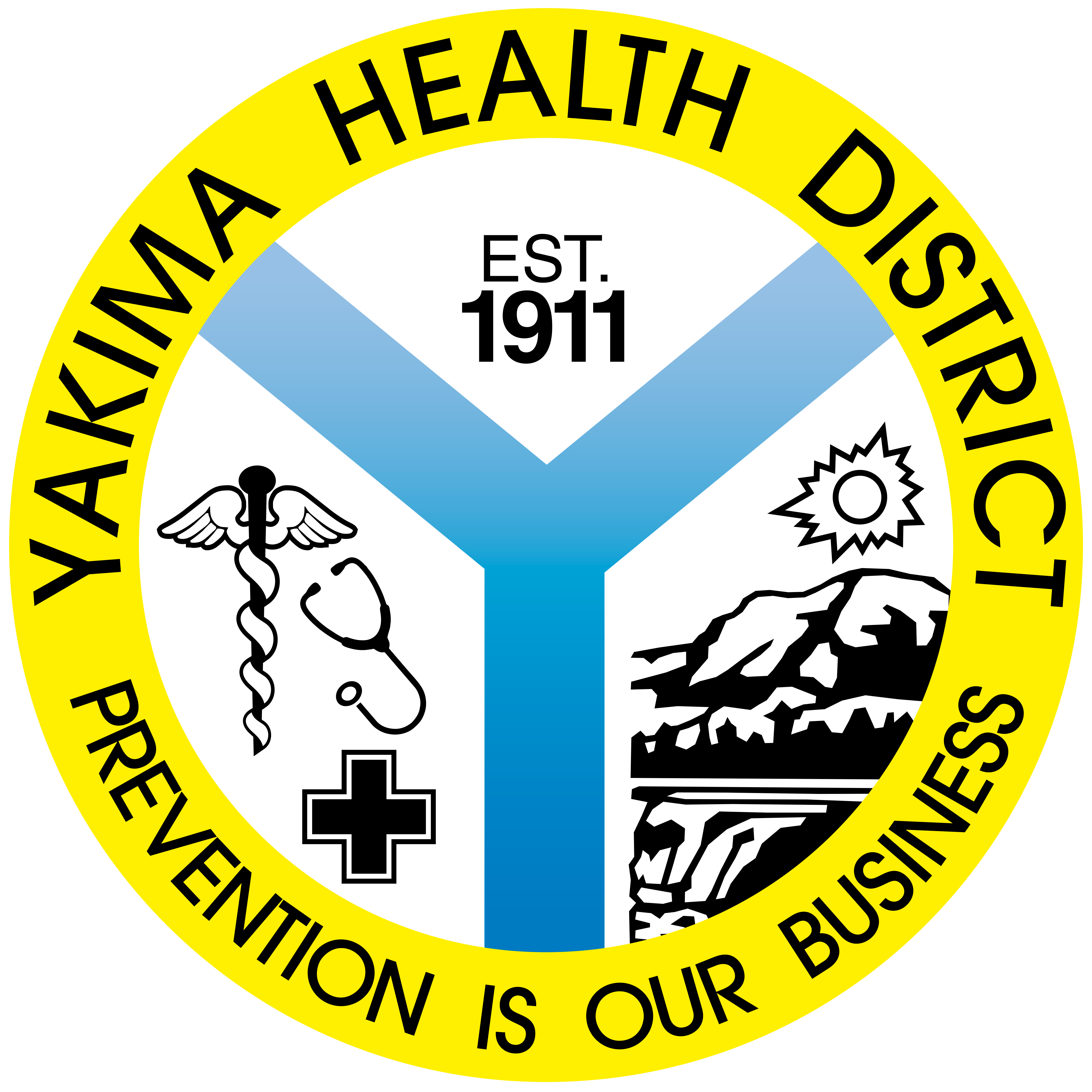
Contact: Melissa Sixberry, Director of Disease Control 509-249-6509
**Clinical leadership is expected to schedule time to review guidelines with staff**
REQUESTED ACTIONS
- Be aware that DOH’s new COVID-19 testing guidelines expand testing to all symptomatic and certain asymptomatic people.See below for specifics.
- Become familiar with CDC’s instructions for collecting specimens and which swabs to use for COVID-19 testing.
- Note that symptomatic patients, with staff supervision, can self-collect anterior nares and mid-turbinate specimens for COVID-19 testing.
- Be aware that if there are barriers to obtaining nasopharyngeal specimen, a nasal swab is an acceptable alternative for symptomatic patients.
- Be aware of CDC’s guidance for when staff that tested positive for COVID-19 can return to work.
- Understand serologic or antibody tests are not recommended to diagnose current or past COVID-19 infection.
- Ensure COVID-19 patient education guidance is provided at time of specimen collection.
- Become familiar with updated guidance for elective and dental procedures in Washington State.
- Be aware of Remdesivir clinical trials and current FDA status
Updated COVID-19 Testing Guidelines
To suppress community spread, rapidly test patients with symptoms consistent with COVID-19 infection, isolate cases and quarantine contacts.
Test symptomatic people
Healthcare providers should test all patients with new onset of symptoms consistent with COVID-19 regardless of their age or health status.
Symptoms include: Cough, or shortness of breath or difficulty breathing.
Or, two or more of:
- Fever.
- Chills/repeated shaking with chills.
- Muscle pain.
- Headache.
- Sore throat.
- Loss of taste or smell.
If testing supplies are limited, prioritize testing among:
- Hospitalized patients with severe lower respiratory illness.
- People who work in healthcare facilities, congregate living settings, critical infrastructure and public safety/ first responders.
- Residents of long-term care facilities or other congregate living settings, including prisons and shelters.
- People identified in a public health cluster or contact investigation.
- People at higher risk for severe outcomes.
- Pregnant people who are in labor or scheduled for delivery.
Test certain asymptomatic people
To test asymptomatic people, collect and submit nasopharyngeal specimens only.
Limit testing asymptomatic people to those who have been exposed:
- Close contact of a confirmed case. (Even if the asymptomatic person tests negative, they must remain in quarantine for 14 days after exposure.)
- People exposed to an outbreak in a congregate setting (long-term care facility, shelter, correctional setting, meat-packing plant, etc.).Those individuals will typically be notified of their risk and need for testing.
- If adequate supplies are available, consider testing asymptomatic people who are:
- Pregnant and in labor.
- Undergoing a procedure that increases the risk of aerosolized particle spread.
- Undergoing invasive surgical procedures (within 48 hours of procedure).
Testing is generally not recommended for asymptomatic people newly admitted to a healthcare or long-term care facility, unless the information is used to cohort patients/residents.
Patient Education and DOH Case Investigation
Providers should review documents below with patients and provide a copy to take home at the time of evaluation. Providers should notify patients that if their test results come back positive, they will be called by the Department of Health for an interview.
Providers should immediately notify patients of positive results and direct them to the patient education below. Positive cases should also be advised to notify close contacts and provide them with education below for “exposed to a confirmed”.
For symptoms—What to do if you have symptoms of COVID-19 and have not been around a person diagnosed with COVID-19.
For exposed—What to do if you may have been exposed to a person with COVID-19.
For confirmed or suspected—What to do if you have confirmed or suspected COVID-19.
Updated Guidelines for Elective and Dental Procedures
Clinicians should continue to use telehealth visits where possible
The decision to perform any surgery or procedure in hospitals, ambulatory surgical facilities, dental, orthodontic, and endodontic offices should be weighed against the following criteria when considering potential harm to a patient’s health and well-being:
- Expected advancement of disease process
- Possibility that delay results in more complex future surgery or treatment
- Increased loss of function
- Continuing or worsening of significant or severe pain
- Deterioration of the patient’s condition or overall health
- Delay would be expected to result in a less-positive ultimate medical or surgical outcome
- Leaving a condition untreated could render the patient more vulnerable to COVID-19 contraction, or resultant disease morbidity and/or mortality
- Non-surgical alternatives are not available or appropriate per current standards of care
- Patient’s co-morbidities or risk factors for morbidity or mortality, if inflicted with COVID-19
- Remdesivir Clinical Trials
There are several patients from Yakima County that have been referred to MultiCare in Tacoma, WA to participate in a Remdesivir research trial. For more information you can go to: https://www.multicare.org/research-covid19/ or https://www.gilead.com/purpose/advancing-global-health/covid-19/remdesivir-clinical-trials
Remdesivir has been granted an EUA (Emergency Use Authorization) by the FDA for use in treatment of hospitalized COVID-19 patients with severe disease only, and in preliminary studies has been found to decrease duration of illness by 4 days and may have a mortality benefit as well: https://www.fda.gov/media/137564/download
Additional Information:
Yakima Health District Guidance http://providers.yakimapublichealth.org/category/health-advisory/
DOH website: https://www.doh.wa.gov/Emergencies/Coronavirus
CDC website: https://www.cdc.gov/coronavirus/2019-nCoV/index.html
Infection control: https://www.cdc.gov/coronavirus/2019-ncov/infection-control/index.html
Other patient resources available on WA DOH Coronavirus website
DOH COVID-19 Phone Line: 1-800-525-0127
